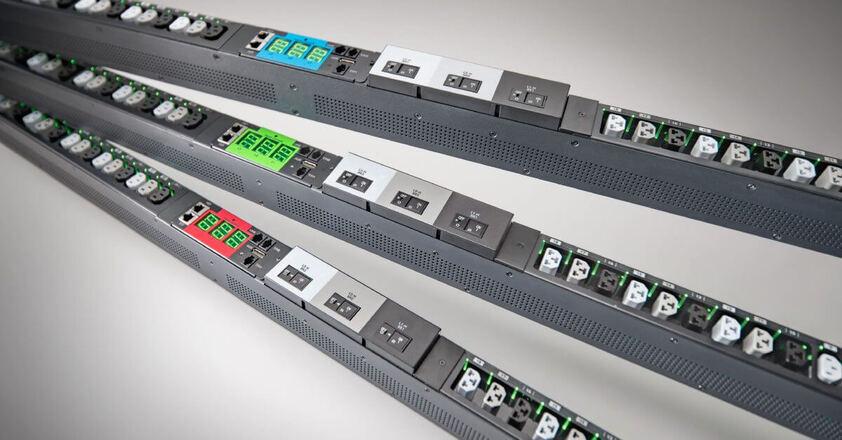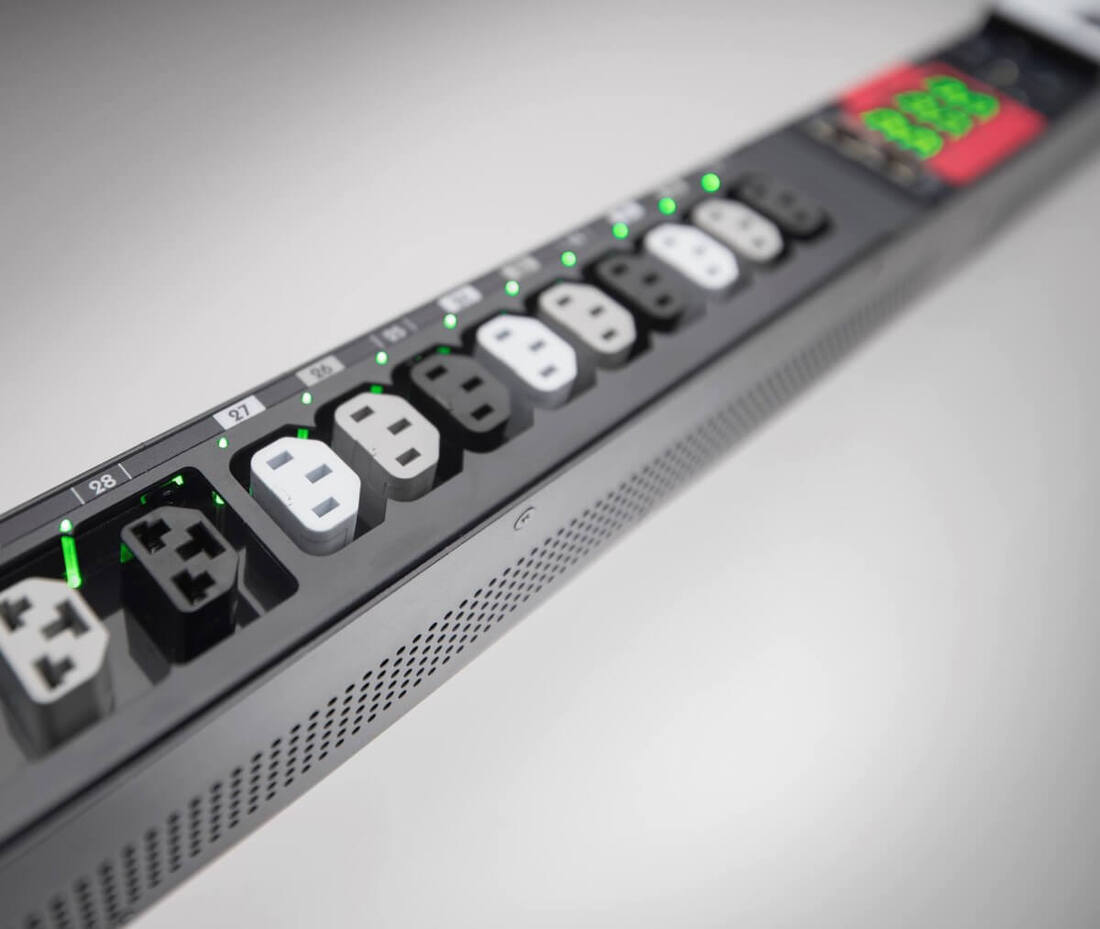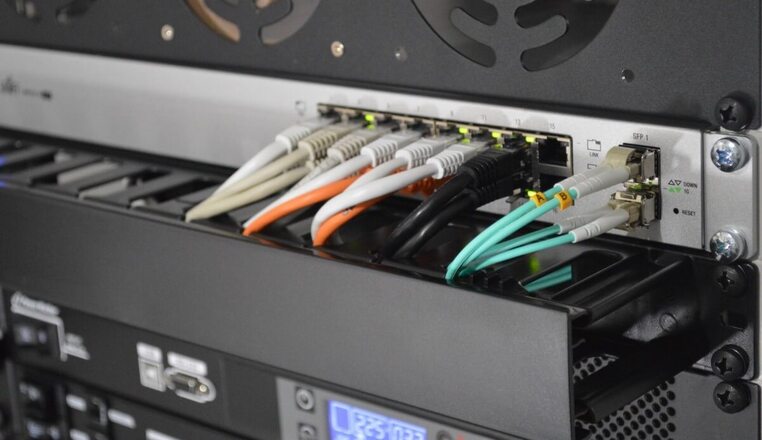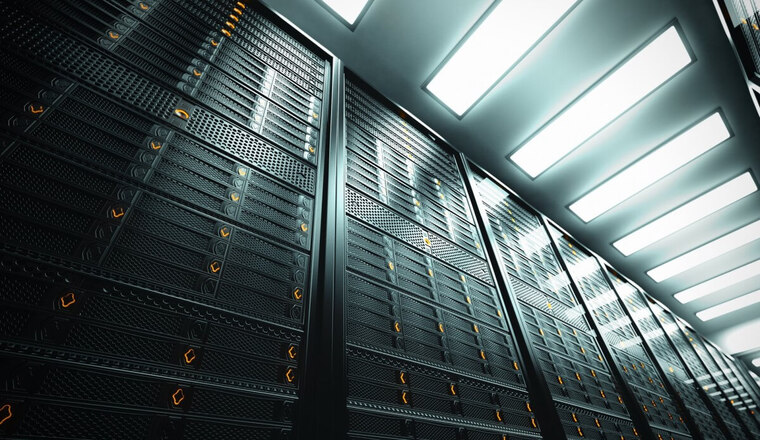
The global data center rack Power Distribution Unit (PDU) market is poised for robust growth, with an estimated increase of USD 833.46 million from 2023 to 2027, signaling a Compound Annual Growth Rate (CAGR) of over 7.35%. North America, a dominant force in the sector, is projected to contribute 38% to the incremental growth during this period, according to market research firm Technavio.
North America’s significant role in driving the market forward is largely attributed to the escalating demand for cloud-based services and digital traffic, further exacerbated by the rising prevalence of remote operations and monitoring technologies. For instance, Google's recent investment of USD 600 million in a new data center in Quebec underscores the region’s ongoing expansion in IT infrastructure, aimed at bolstering capabilities in cloud computing, digitalization, and data-intensive applications.
The proliferation of intelligent PDUs, which feature alarm thresholds and remote monitoring capabilities, would be crucial in optimizing power distribution and enhancing the operational efficiency of data centers. These devices play an essential role in managing power supply to critical components such as servers, network switches, and various electronic devices, thereby ensuring their uninterrupted operation.
Smart Power Management
Energy efficiency and cost reduction are paramount in the operation of data centers, which consume vast amounts of power. Advanced PDUs not only facilitate effective power management but also contribute to the sustainability of data centers by reducing excessive power usage and enhancing overall energy efficiency.
The trend towards distributed IT architecture and the integration of high-speed networks using fiber optic and copper wires are also key factors driving the demand for sophisticated rack PDUs. These developments are particularly relevant in industries reliant on robust digital infrastructure, such as financial services and healthcare, where efficient power distribution is critical to maintaining high operational standards.
Moreover, the rise of edge data centers, designed to process data closer to the end-user and reduce latency, is fostering the demand for smart PDUs. These units are equipped with features such as input load monitoring and real-time power consumption analytics, which are vital in preventing equipment failures and enhancing the reliability of data processing.
PDUs with Integrated Cooling Systems
Market players like CyberPower Systems are addressing the needs of various sectors by offering PDUs that cater to industrial, commercial, and residential applications. These PDUs are designed to support the increasing demand for agile data centers and are integral to the infrastructure required for high-speed and cloud-based services.
The expansion of IoT platforms is another significant market driver, demanding more sophisticated power management solutions to support the growing array of connected devices. Advanced PDUs with integrated cooling systems are increasingly popular as they help maintain optimal operational conditions within data centers, preventing overheating and potential system failures.
As digital traffic continues to grow, fueled by an increase in cloud computing and data-driven services, the need for efficient, secure, and cost-effective power distribution solutions becomes more acute. According to the Technavio research, the data center rack PDU market is at the forefront of meeting these requirements, providing the infrastructure needed to support the uninterrupted operation of data centers globally.
In conclusion, the data center rack PDU market is undergoing significant transformation, driven by technological advancements and shifting market demands, according to the Technavio study. North America, in particular, is set to lead this growth, thanks to its strong foundation in IT infrastructure development and the strategic implementation of advanced power management technologies. As the digital landscape evolves, the role of PDUs in ensuring the efficiency and reliability of data centers continues to be indispensable.






